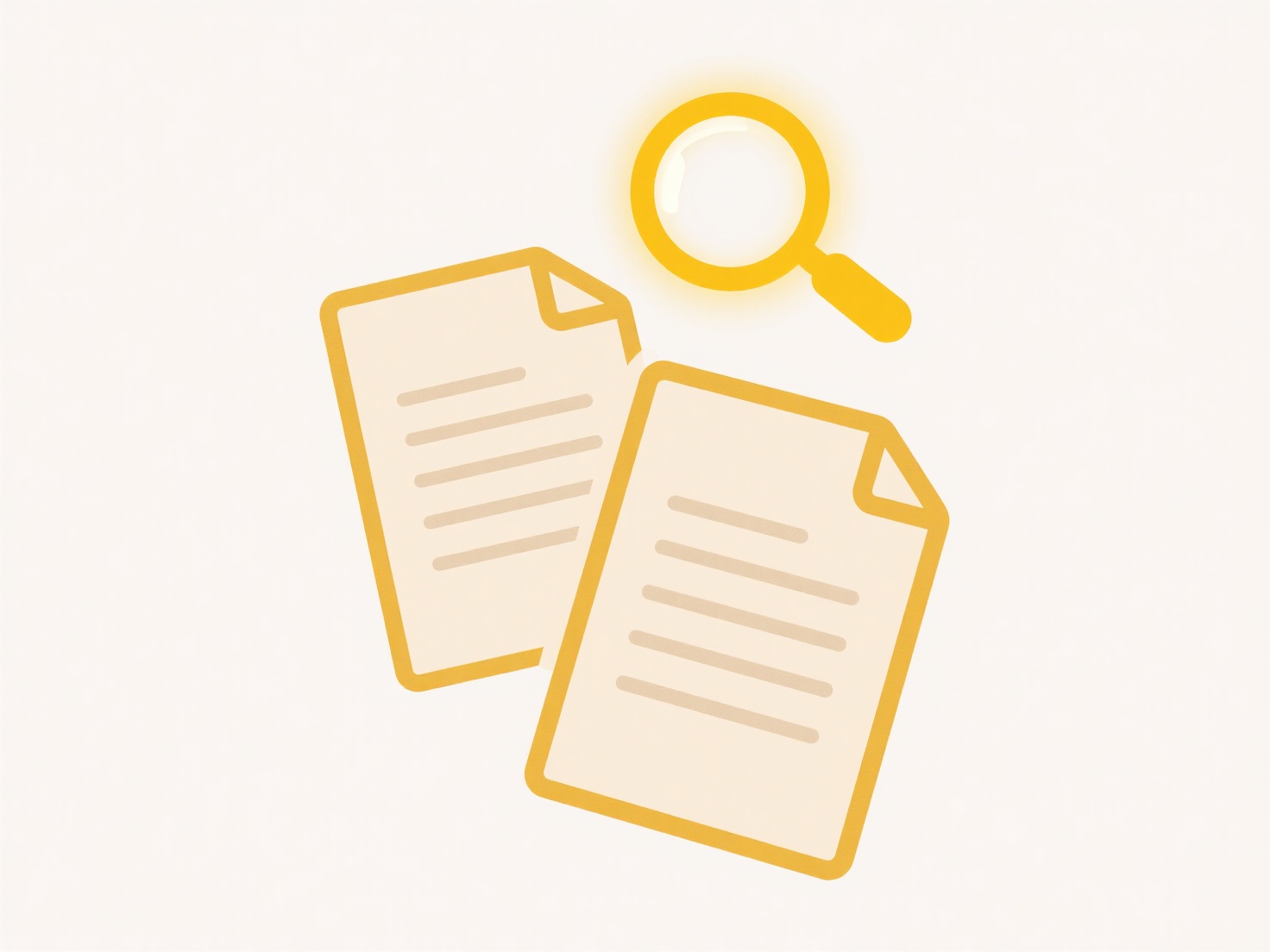
Cloud-stored file visibility depends primarily on your access settings and the cloud service's inherent structure. By default, files are private to your account. You control who else sees them by explicitly sharing files or folders with specific users or groups via emailed links or direct permissions. Crucially, authorized personnel at the cloud provider also have potential access for critical operations like security compliance, troubleshooting, or legal requests, governed by strict policies and agreements. This differs significantly from local storage where access is typically restricted to people with direct device access.

For example, within a company using Google Workspace or Microsoft 365, an employee might share a project folder only with their immediate team members, granting specific edit or view rights. In a personal context, someone might share photo album links publicly via a cloud storage platform like Dropbox or iCloud for anyone with the link to view, or privately with just family members via email invitation, requiring sign-in.
While cloud storage offers significant advantages in accessibility and collaboration, its security is contingent on users managing permissions diligently and providers safeguarding infrastructure. A key limitation is the risk of unintended exposure through misconfigured sharing links or account compromises. Ethically, providers must balance legitimate data access needs against user privacy expectations. Users must understand and utilize platform security features like encryption and multi-factor authentication to mitigate risks.
Who can see my cloud-stored files?
Cloud-stored file visibility depends primarily on your access settings and the cloud service's inherent structure. By default, files are private to your account. You control who else sees them by explicitly sharing files or folders with specific users or groups via emailed links or direct permissions. Crucially, authorized personnel at the cloud provider also have potential access for critical operations like security compliance, troubleshooting, or legal requests, governed by strict policies and agreements. This differs significantly from local storage where access is typically restricted to people with direct device access.

For example, within a company using Google Workspace or Microsoft 365, an employee might share a project folder only with their immediate team members, granting specific edit or view rights. In a personal context, someone might share photo album links publicly via a cloud storage platform like Dropbox or iCloud for anyone with the link to view, or privately with just family members via email invitation, requiring sign-in.
While cloud storage offers significant advantages in accessibility and collaboration, its security is contingent on users managing permissions diligently and providers safeguarding infrastructure. A key limitation is the risk of unintended exposure through misconfigured sharing links or account compromises. Ethically, providers must balance legitimate data access needs against user privacy expectations. Users must understand and utilize platform security features like encryption and multi-factor authentication to mitigate risks.
Related Recommendations
Quick Article Links
How do I search only within a specific folder?
Folder-specific search restricts query results to files and subfolders within one designated directory on your computer,...
Can I use DRM (Digital Rights Management) for shared files?
DRM (Digital Rights Management) refers to technologies controlling how digital content can be accessed, used, and shared...
How do I make a file read-only for others?
Making a file read-only for others involves setting specific permissions that prevent users from modifying, deleting, or...